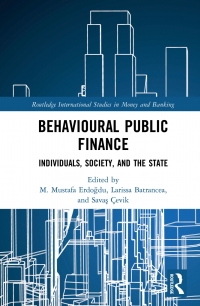



Chandra Company's fiscal year ends on June 30. It is June 30, 2018, and all of the 2018 entries have been made, except the following adjusting entries: a. On March 30. 2018. Chandra paid $3.200 for a six-month premium for property insurance starting on that date. Cash was credited and prepaid insurance was debited for this amount b. At June 30, 2018, wages of $900 were earned by employees but not yet paid. The employees will be paid on the next pay date, July 15, 2018. c. On June 1, 2018. Chandra collected maintenance fees of $450 for two months. At that date, Chandra debited cash and credited deferred maintenance revenue for $450. d. Depreciation must be recognized on a service truck that cost $19.000 on July 1, 2017. Depreciation of the truck was estimated at $4.000 per year. e. Cash of $4,200 was collected on May 1, 2018, for services to be rendered evenly over the next year, beginning on May 1 (deferred service revenue was credited). f. On February 1, 2018, the company borrowed $16.000 from a local bank and signed a 9 percent note for that amount. The principal and interest are payable on January 31, 2019. g. On June 15. 2018, the company received from the city a tax bill for $500. covering property taxes on land for the first half of 2018. The amount is payable during July 2018. h. The company earned service revenue of $2.000 on a special job that was completed on June 29, 2018. Collection will be made during July 2018: no entry has been recorded. Required: 1. Indicate whether each transaction relates to a deferred revenue, a deferred expense, an accrued revenue, or an accrued expense. a. b. d. f. 9 h 2. Prepare the adjusting entry required for each transaction at June 30, 2018. (If no entry is required for a transaction/event, select "No journal entry required" in the first account fleld.) View transaction list Journal entry worksheet 2 Record wages payable. 3 Record deferred revenue. 4 Record depreciation expense. 5 Record entry to recognize revenue for the year. Credit 6 Record entry to accrue interest expense incurred but not yet paid 7 Record property tax incurred but not paid. Note : = journal entry has been entered explanation Record entry Clear entry View general journal 3. Show the effects of the adjusting entries on net earnings and cash. (If there is no cash flow effect, select "None". Enter any decreases to account balances with a minus slgn.) Transaction Effect on Net Effect on Earnings Cash a. b. d. f. 9 h. View transaction list N Record wages payable. 3 Record deferred revenue. Record depreciation expense. 5 Record entry to recognize revenue for the year. Credit 6 Record entry to accrue interest expense incurred but not yet paid 7 Record property tax incurred but not paid. 8 Record service revenue on account. Note : = = journal entry has been entered explanation Record entry Clear entry View general journal










